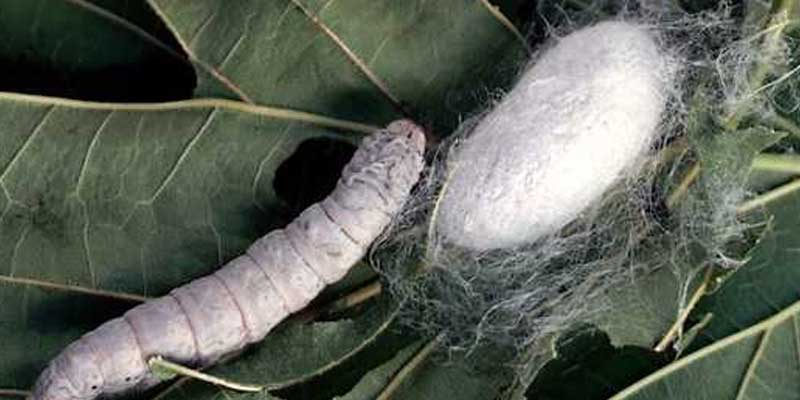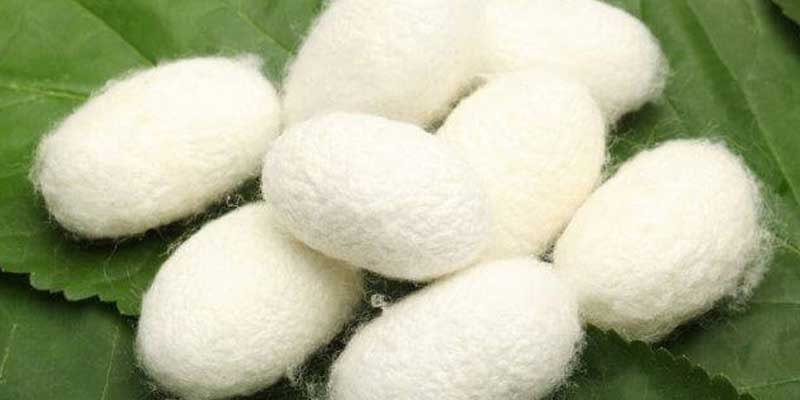

![]()
The silkworm is thought to have originated at the foot dell’Himalaya Indiana to 6000 a. C. Confucius back in the “Annual of the first four dynasties” that the Chinese Empress Xi Ling Shi in 2640 BC gave way to a rational farm and manufactured products acquired great importance in trade between East and Occidente.Inoltre the Chinese were able to keep jealously guarded the Their secret that even the Romans while appreciating the quality of the fabrics do not know the origin.
In IV and V century Japan managed to impossessasi of this art under Byzantine Emperor Justinian the rearing of silkworms is common in Asia Minor with the Arabs who introduced it to Spain in 740 d. C. In Italy, began to spread to Sicily in 1100 and in later centuries the rest of the territory. The Renaissance also shone for the draperies of Lucca. The Genoa velvets, brocades of the Florence, Venice damasks and silks made in Milan. In the fifteenth century Lyon became an important center and after the revocation of the Edict of Nantes in 1685 the Huguenots of the master weavers spread their art in Germany, Switzerland and England. In 1804 Jacquard perfected the method of tessitura.L ‘Chinese political instability and the rapid modernization of Japan in 1923 led Yokohama to be the world capital of silk.
The silkworm (Bombix Mori) order of the Lepidoptera family of Bobicidi exists in several key races are: Monovoltine, Bivoltine, Polivoltine according to the performance of the cycle biologico.La marketing through the eggs. The casing contains 20,000 by weigh of 10.5 – 12.5 gr. To feed the larvae of the frame needed by 40/50 mulberry plants. The eggs hatch after 13/15giorni generating a larva of 3mm in 30 days rose by 8 / 9000 times its weight up to 4 / 4, and 6 cm of 5gr lunghezza.Il nourishment given by the mulberry leaf with the highest content of Vegetable protein is processed by the bug in animal protein and therefore yarn bug makes serico.Il silky substance (30-40 cm / min) consisting of two triangular Bavella of crystallized fibroina pasted through sericina soluble completing the cocoon in 3/4giorni. The length of the wire and about 800/1300mt and 10my diameter between 23 and depends on the breed. To complete the cocoon the larva changes into the chrysalis and then butterfly in 16/20giorni. To obtain silk cocoons are collected and are dried in an oven to cause the death of the chrysalis. 100 kg of fresh cocoons are derived 9/10kg silk and is 5 / 6 kg of waste. In Italy, even with the advent of synthetic fibers is ennobled by decades of technical innovation and creativity and keeps intact his legendary charm.